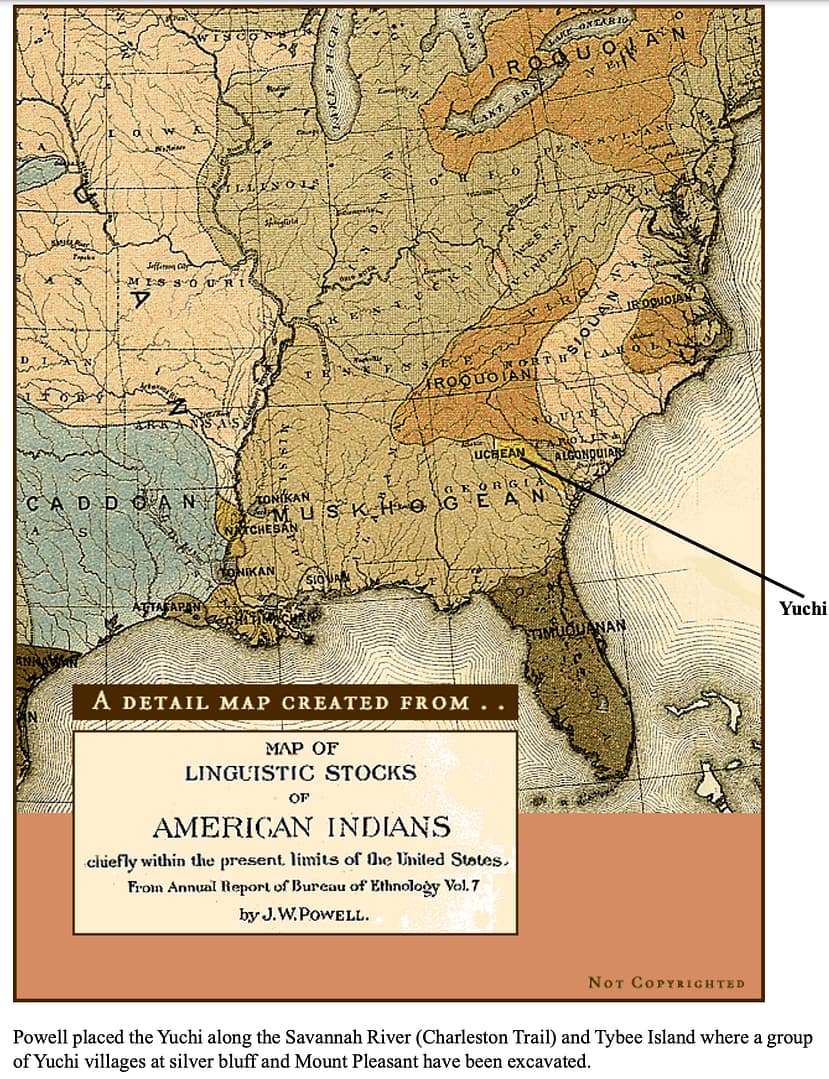
How dual-language highway signs will revive native languages ‘in crisis mode’. In a partnership with 11 federally recognized tribes, the Federal Highway Administration, and the Bureau of Indian Affairs, the state Department of Transportation is installing highway signs in English and native languages. The dual-language signs are already in place in some Wisconsin communities.
The first was installed in November last year with the Red Cliff Band of Lake Superior Chippewa. Since then, signs have been put in place in the Oneida Nation, in Menominee communities, and in the Sokaogon Chippewa Community. The highway signs identify communities in tribal areas and reservation boundaries.
Language is “the soul of our people.We’re at the verge of losing the last of our first language speakers. And so we were pretty much totally invested in saving our language.”
The news stirred a mix of emotions for Marie Cornelius, councilwoman of the Oneida Nation, who called it equally exciting and “extremely overwhelming.” The signs read Taluʔkowanhné, which means “Place of Bountiful Ducks,” and Kawyhuhatati, or “River Flowing Along.” They also display the seal of the Oneida Nation.
Acknowledgement of the tribal language is part of a larger fight to have people recognize the tribe’s sovereignty.
It’s a constant discussion of educating the outside world of what a sovereign nation is“It’s like a constant battle to have the world understand what a sovereign nation is. It’s a constant discussion of educating the outside world of what a sovereign nation is,” Cornelius said.
Cornelius said her tribe’s language has been “removed from us,” and tribal members were not allowed to speak it for years.
“Our language has been in crisis mode. It’s overwhelming to see it come alive again,” she said




